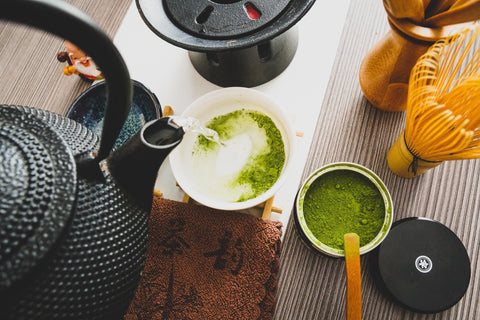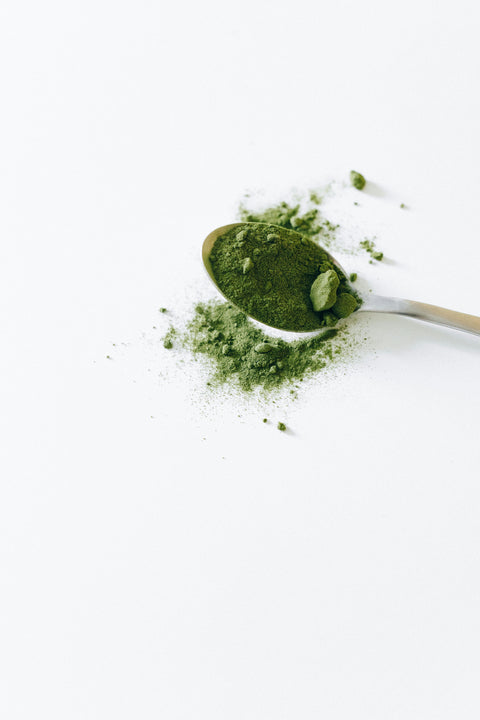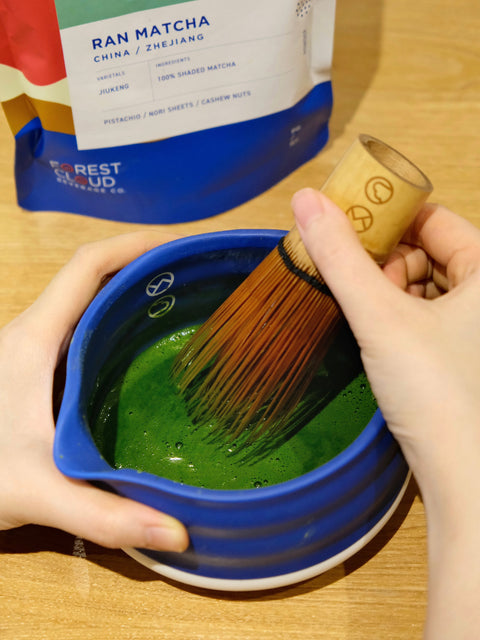
The Antioxidant Power of Matcha Explained
Matcha is more than just a vibrant green powder; it’s a nutritional powerhouse. One of the main reasons for its reputation as a superfood is its high antioxidant content. But what exactly are antioxidants, and why does matcha have so many?
What Are Antioxidants?

Antioxidants are compounds that protect the body from oxidative stress caused by free radicals. Too many free radicals can damage cells and contribute to aging, inflammation, and chronic diseases (Lobo et al., 2010).
Why Matcha Stands Out

Unlike regular green tea, where leaves are steeped and discarded, matcha is made by consuming the entire tea leaf in powdered form. This means you’re getting a much higher concentration of antioxidants (Weiss & Anderton, 2003).
EGCG: Matcha’s Star Compound
One of the most powerful antioxidants in matcha is epigallocatechin gallate (EGCG). Studies show that EGCG may:
-
Support heart health by reducing LDL cholesterol (Kao et al., 2000)
-
Help the body fight inflammation (Yang et al., 2009)
-
Support metabolism and fat oxidation (Hursel et al., 2009)
-
Offer protective effects for the brain and liver (Mandel et al., 2011)
How Matcha Compares
-
Matcha contains up to 137 times more EGCG than some types of regular green tea (Weiss & Anderton, 2003).
-
A single serving of matcha can provide more antioxidants than blueberries, spinach, or pomegranates (Carlsen et al., 2010).
Antioxidants and Daily Life
Drinking matcha daily can help:
-
Boost immunity
-
Support healthy skin and slow visible aging
-
Provide steady energy without caffeine crashes
The antioxidant richness of matcha is one of the biggest reasons it’s considered a superfood. Whether you enjoy it as usucha, a latte, or an iced brew, each sip supports your body at the cellular level.
At Forest Cloud, we source premium-grade matcha that’s shade-grown and stone-ground, preserving its antioxidant potential from farm to cup.
References
-
Carlsen, M. H., et al. (2010). The total antioxidant content of more than 3100 foods, beverages, spices, herbs and supplements used worldwide. Nutrition Journal, 9(1), 3.
-
Hursel, R., Westerterp-Plantenga, M. S. (2009). Green tea catechin plus caffeine supplementation to increase energy expenditure and fat oxidation. Obesity, 17(7), 1348–1354.
-
Kao, Y. H., Hiipakka, R. A., & Liao, S. (2000). Modulation of obesity by a green tea catechin. American Journal of Clinical Nutrition, 72(5), 1232–1239.
-
Lobo, V., Patil, A., Phatak, A., & Chandra, N. (2010). Free radicals, antioxidants and functional foods: Impact on human health. Pharmacognosy Reviews, 4(8), 118–126.
-
Mandel, S., Amit, T., Reznichenko, L., Weinreb, O., & Youdim, M. B. H. (2011). Green tea catechins as brain-permeable, natural iron chelators–antioxidants for the treatment of neurodegenerative disorders. Molecular Nutrition & Food Research, 55(2), 332–340.
-
Weiss, D. J., & Anderton, C. R. (2003). Determination of catechins in matcha green tea by micellar electrokinetic chromatography. Journal of Chromatography A, 1011(1–2), 173–180.
Yang, C. S., Wang, X., Lu, G., & Picinich, S. C. (2009). Cancer prevention by tea: Animal studies, molecular mechanisms and human relevance. Nature Reviews Cancer, 9(6), 429–439.






